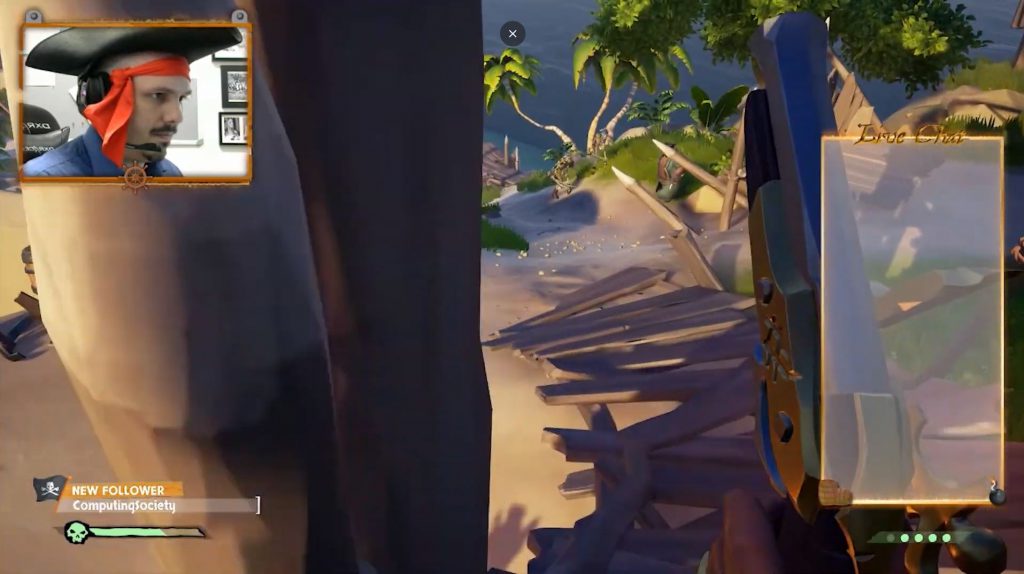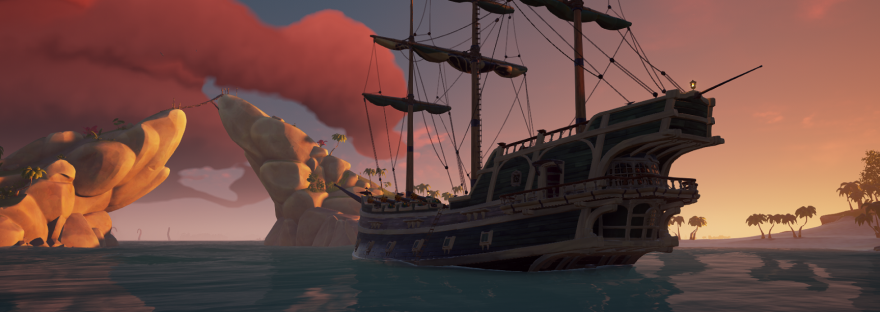This article has been divided in two parts. Part 1 discusses the bakground and reasoning behind the initiative, as well as how the actual proccess was carried out. Part 2 discusses the lessons learned and the conclusions drawn from carrying out such a project.
In this section I have thrown together some of the lessons we learnt from the engagement.
Lesson 1: Viewership numbers are a guide
One of our big surprises was that students were getting together to collectively watch the stream. However, three students watching the stream from one computer only count as one, so it is impossible to know exactly how many students are watching at any one time. There are a number of reasons why your “current viewer” numbers may be wrong, so its best to just treat them as a guide.

Lesson 2: Don’t force the conversation
First, start with play. Be online, playing a game to have fun. We found that when we tried to push the conversation some people disengaged. It became more about us talking to them rather than the conversation evolving over time. Look at some established streamers and see how they work with their audience.
Lesson 3: Be mindful of your choice of game
Your personal favorite game may not be suitable for streaming. We experimented with a few games before settling on Sea of Thieves by RARE. This game worked perfectly for us as it has the right balance of action, and scheduled down-time. It gave us the right pace to have a conversation.
Lesson 4: Good moderators are worth their weight in gold
A good moderator will help keep conversation flowing while you are engaged in gameplay. They sit as an intermediary between the audience and the broadcasters, and can help prompt questions and answers, in much the same was as a meeting facilitator does. We have been fortunate that we have never needed proactive moderation of non-constructive or toxic interactions, but we are always mindful that these can happen, a good moderator can watch for this kind of behavior and address it before it becomes problematic. However, honestly, we haven’t had any behavioral issues.

Conclusion/recommendations
Play is inherently humanizing, and for the students it was interesting for them to see their lecturers engage with a game. They cheered along when we were winning, offered encouragement when we were struggling, and laughed at us when we lost! It gave us a shared event to form a sub-community around in a non-formal setting. The streams have now become a regular part of our Programme calendar, and they are regularly engaged with by the cohort. Furthermore, our industry partners have been very supportive often joining in the stream and the chat to support students. We have also had a large number of our Alumni tuning in to watch our streams. This is partly because they are interested in seeing how we (the staff team) are now that they are graduated, and it gives them a way to touch base with their alma mater. The added bonus of this is that our alumni are also on hand to engage with our current students, answering questions they may have about industry… and offering the mentorship of someone who has been through their experience.
Useful Links
- https://lncn.ac/c2 – Streaming with Students Guide
- https://youtu.be/wvILFJ8M10g – Sample of a twitch stream
Written by Chris Headleand (co-authored by Kieran Hicks, Bethany Davies, and Marcus Alderman  )
)
Chris Headleand is a Senior Lecturer in the school of Computer Science, and the Programme Leader for the Games Computing degree programme in the University of Lincoln. He is also attached to the IntLab/HCI research group and his research interests include Virtual Reality, Artificial Inteligence, and Ethics, specifically related to gaming applications.
